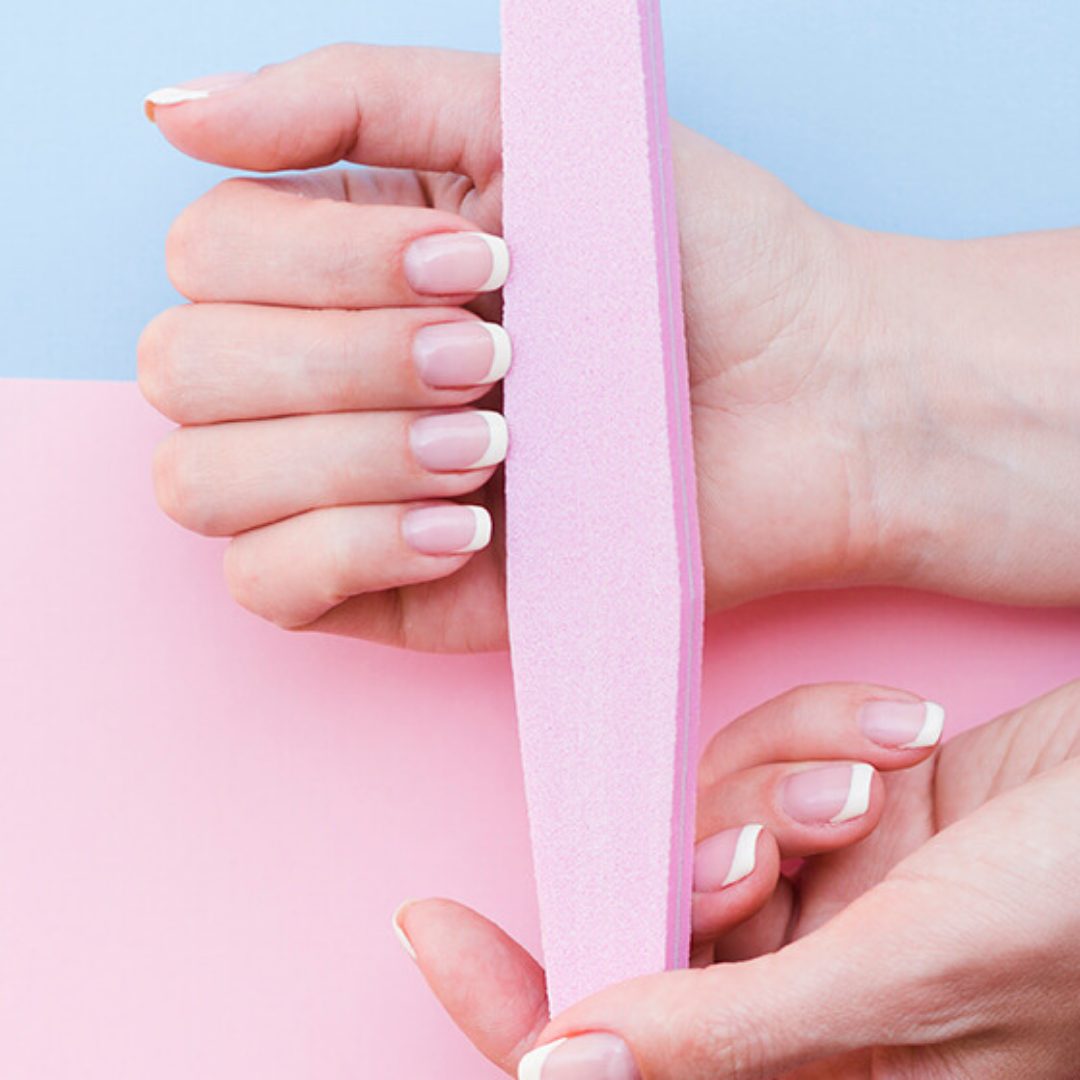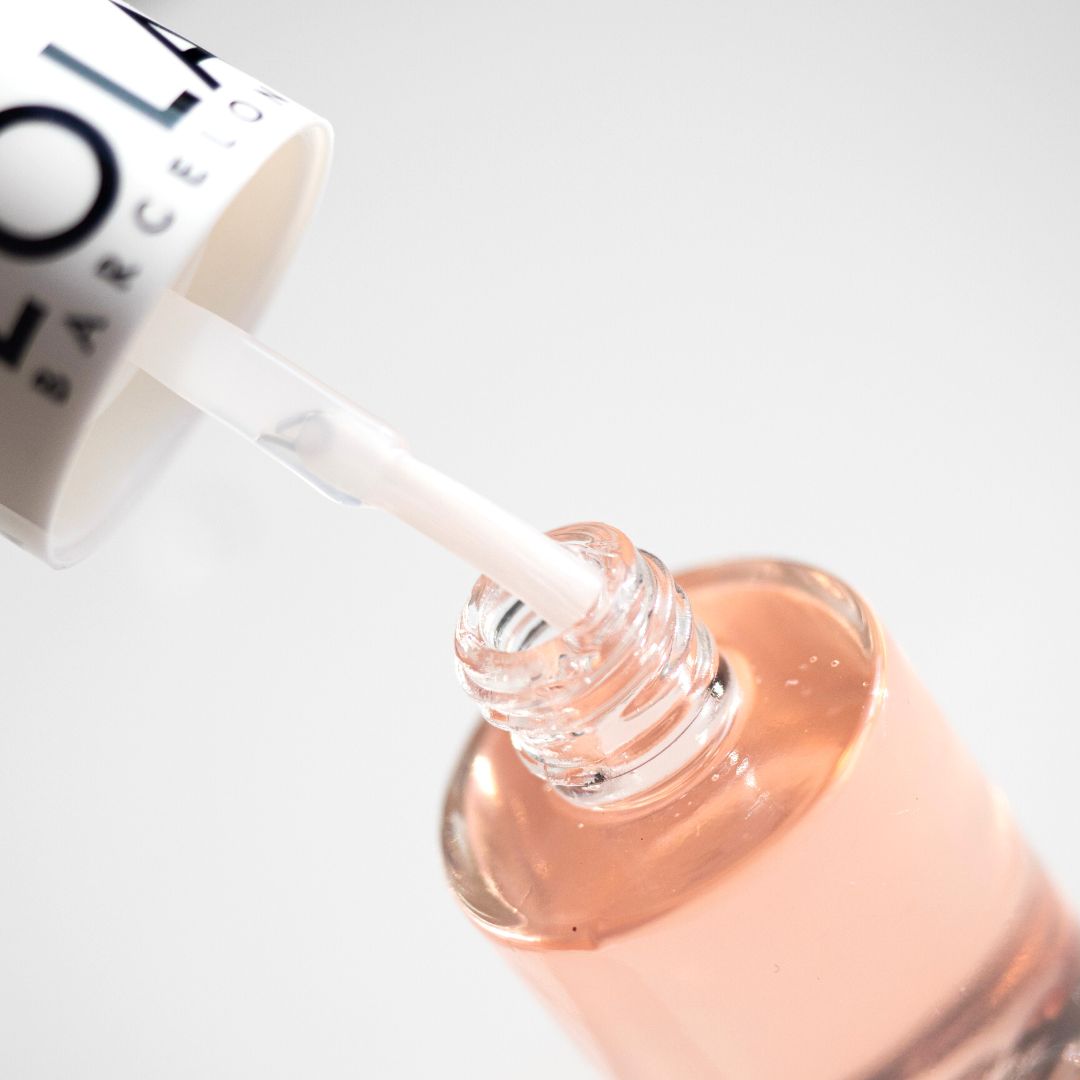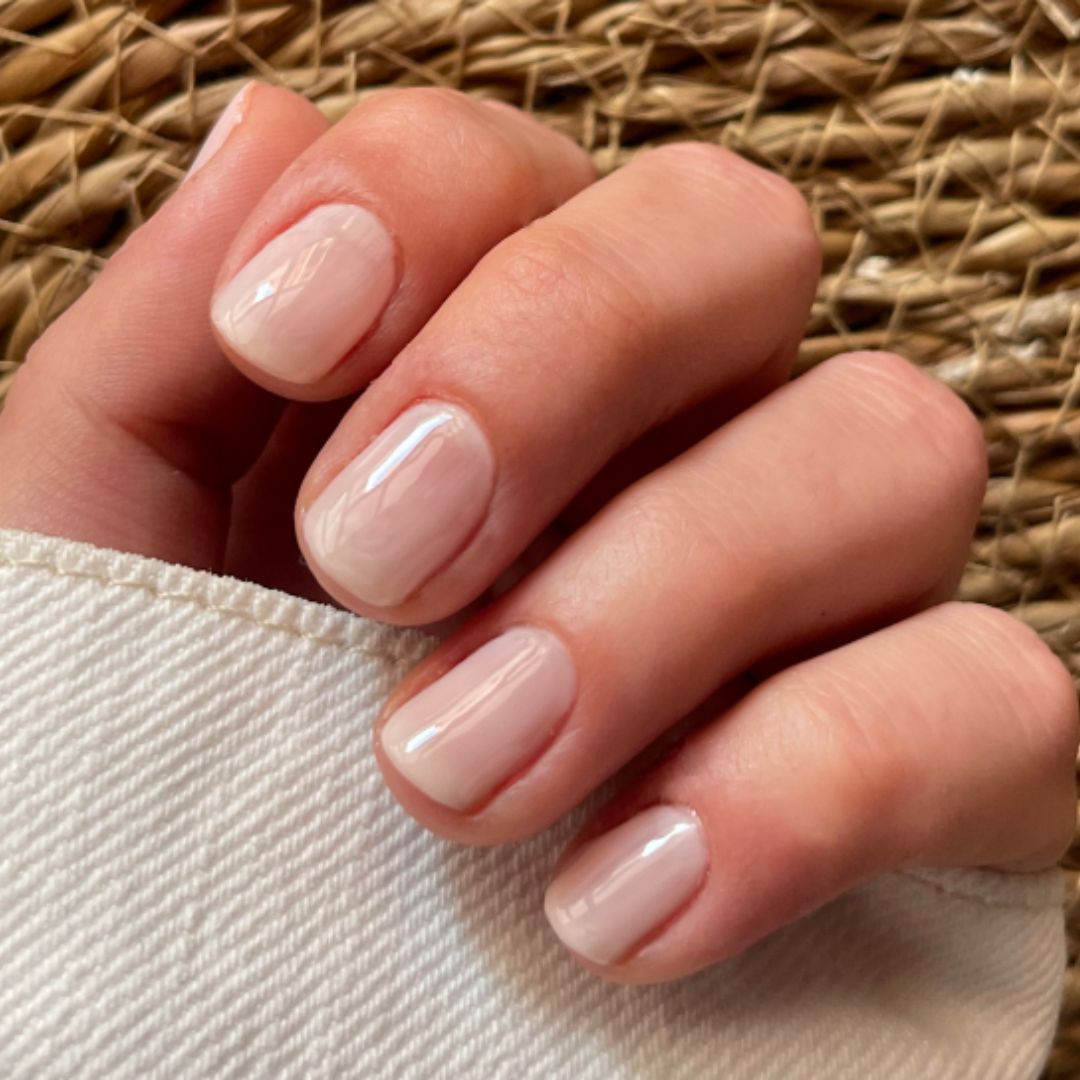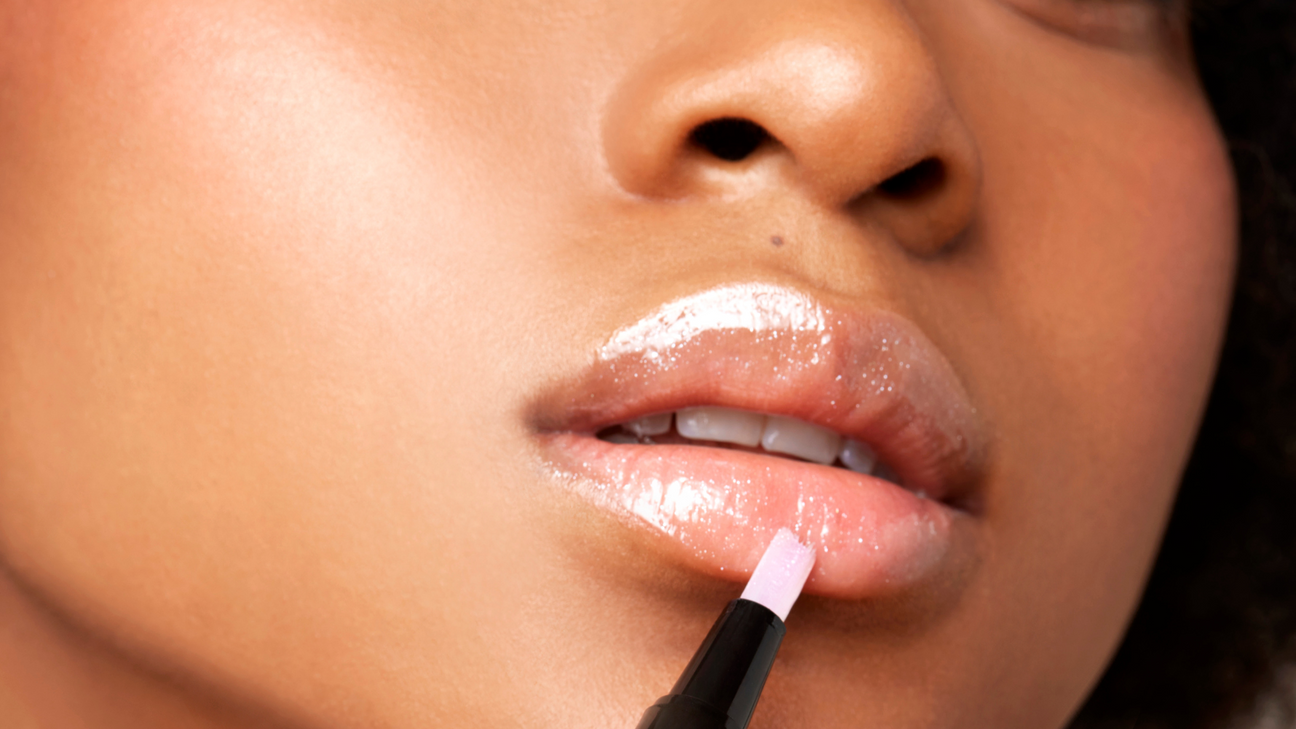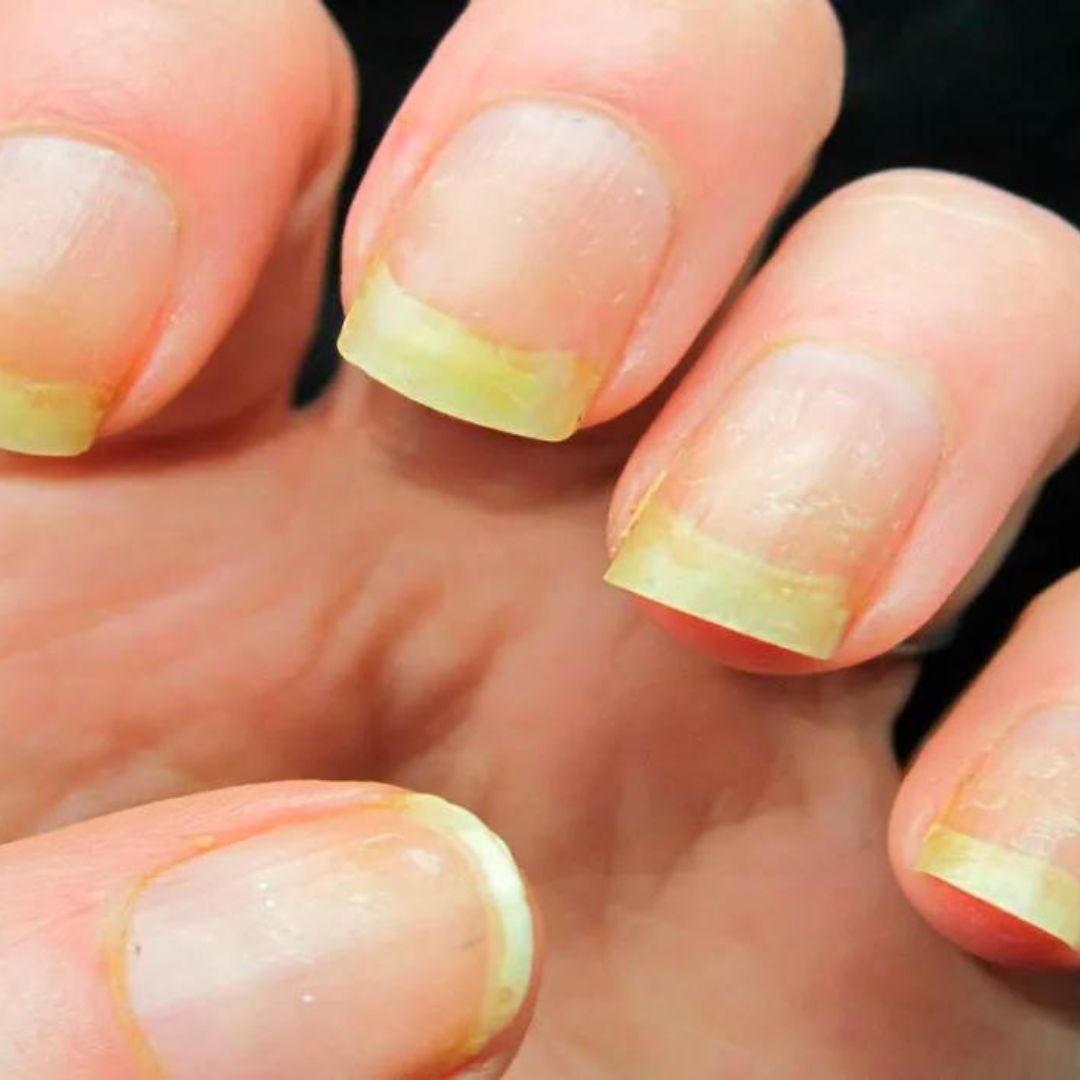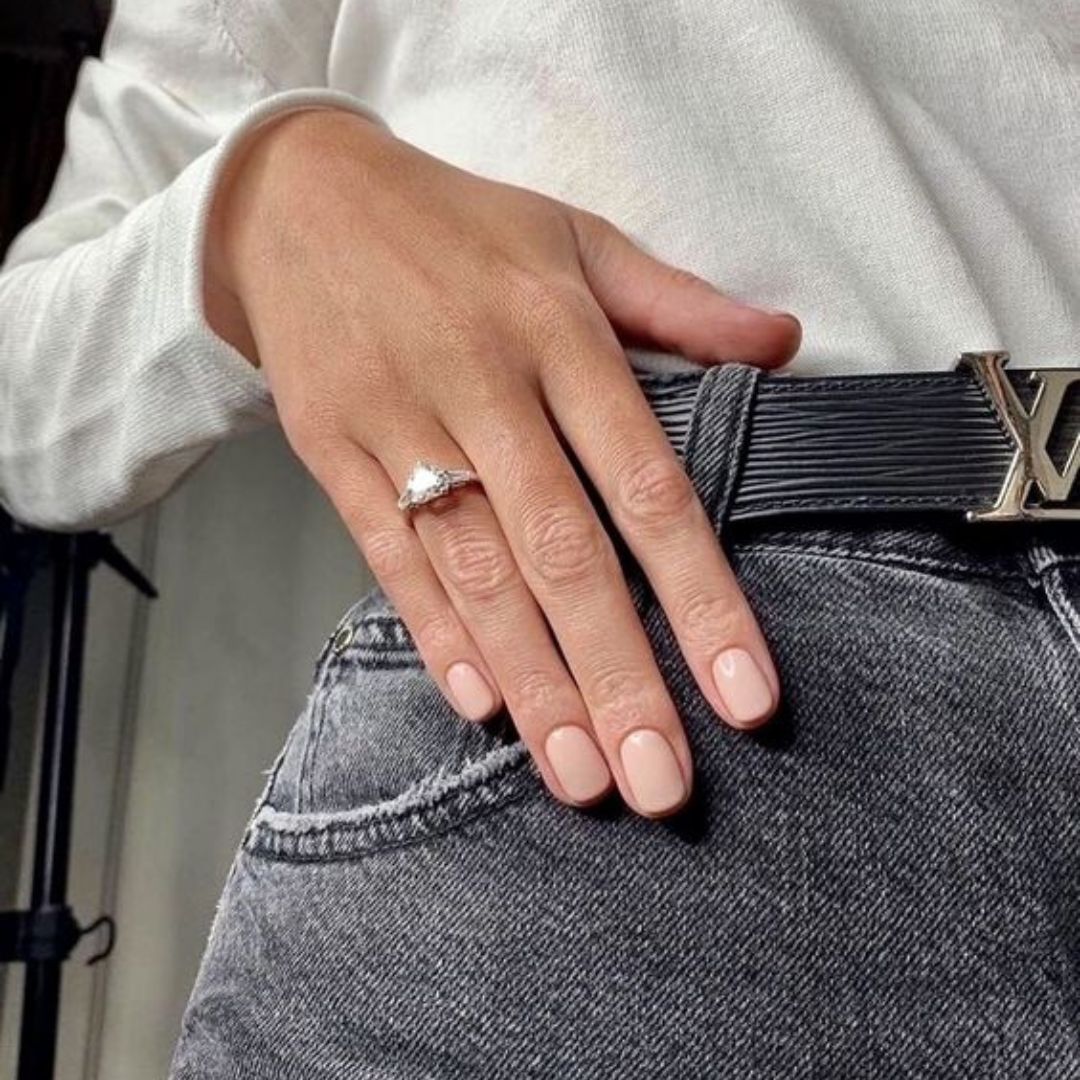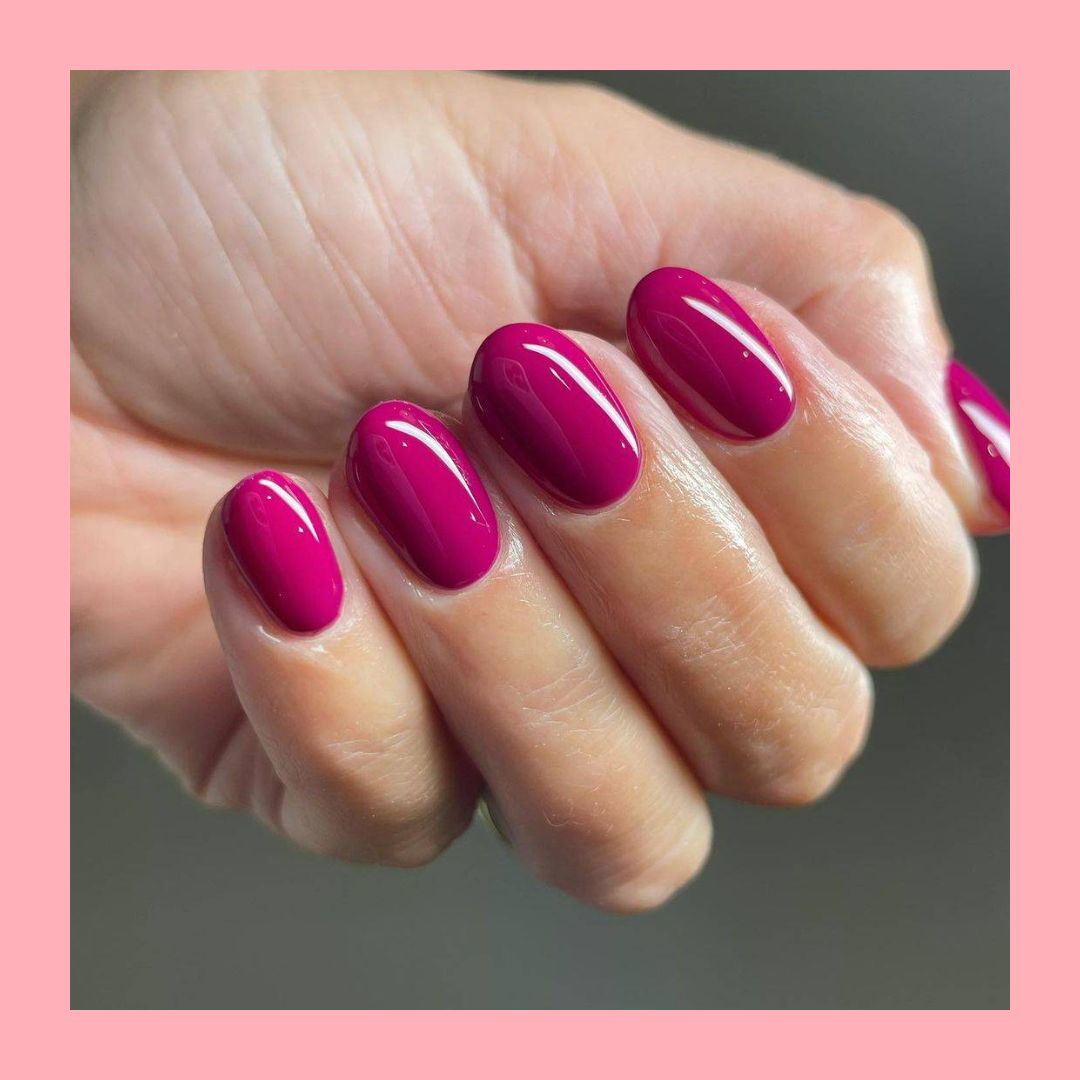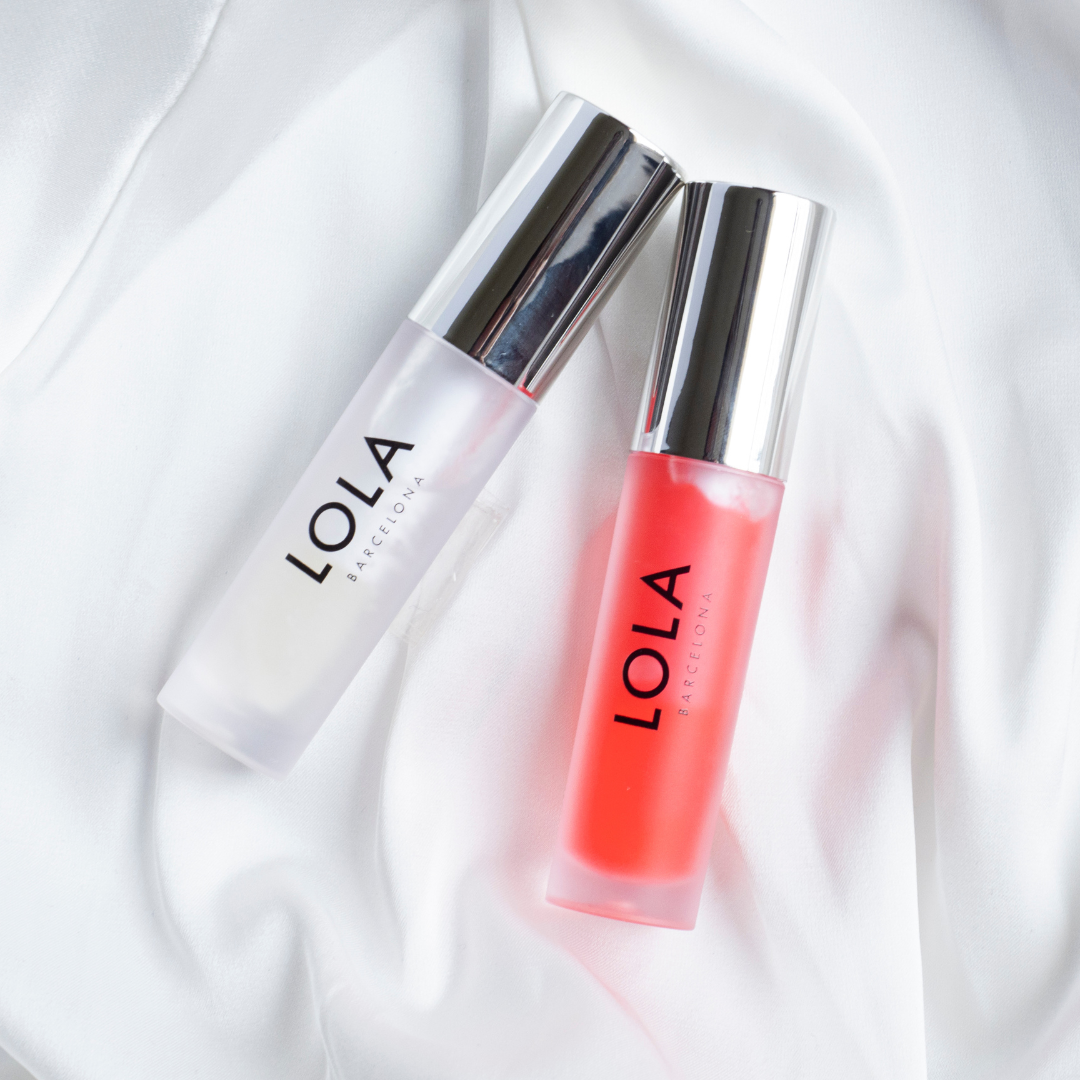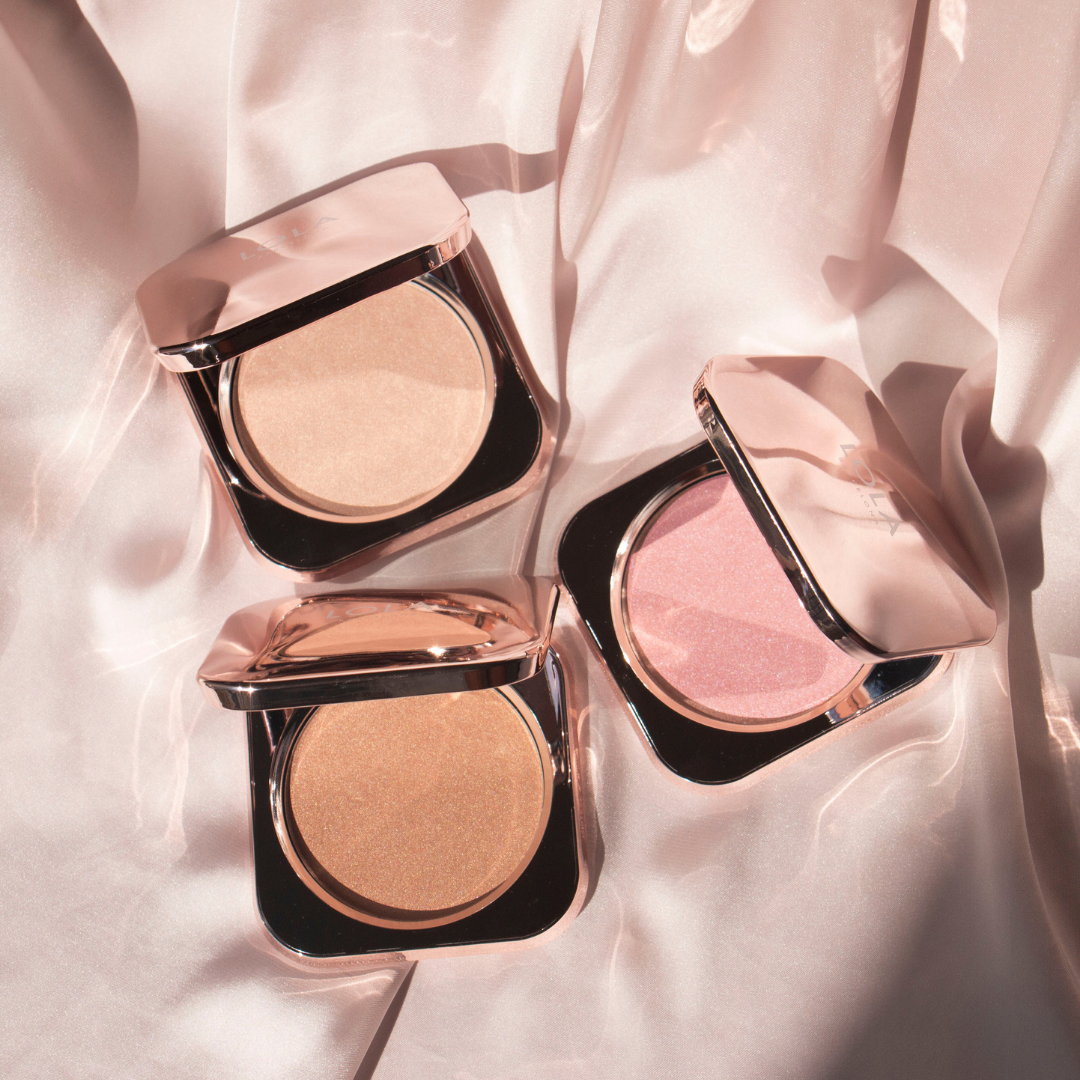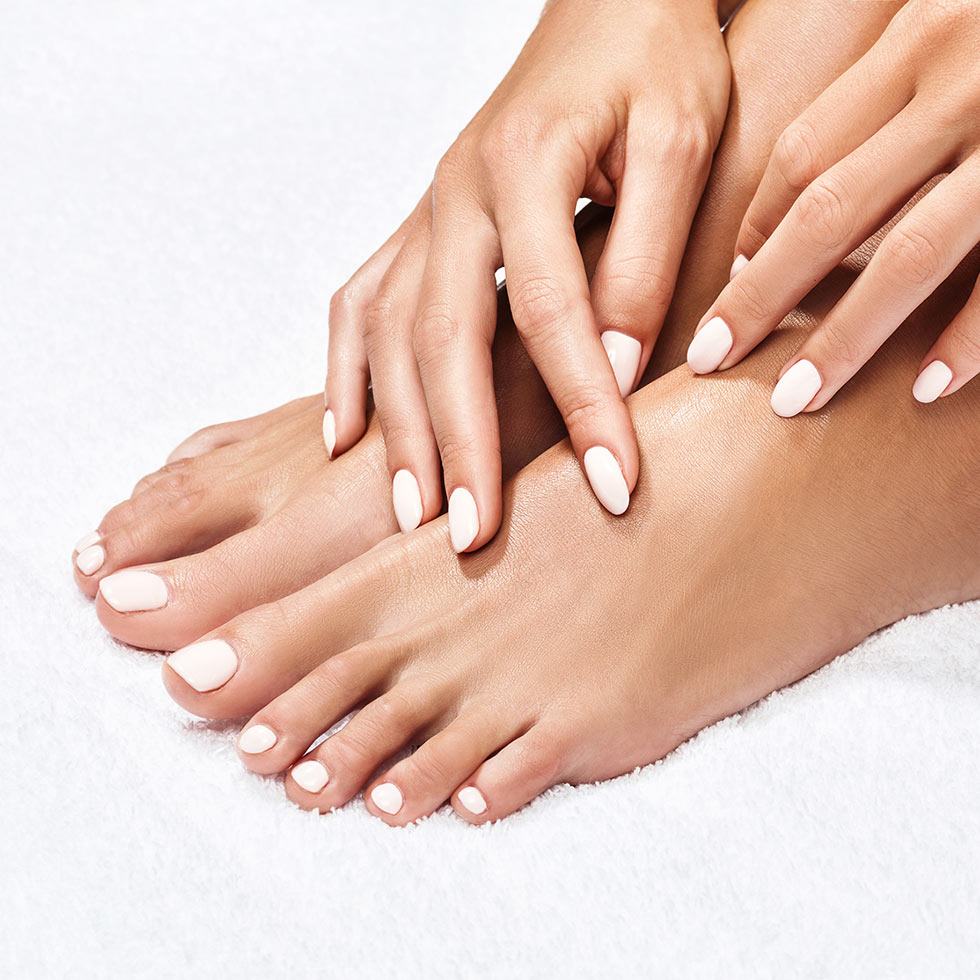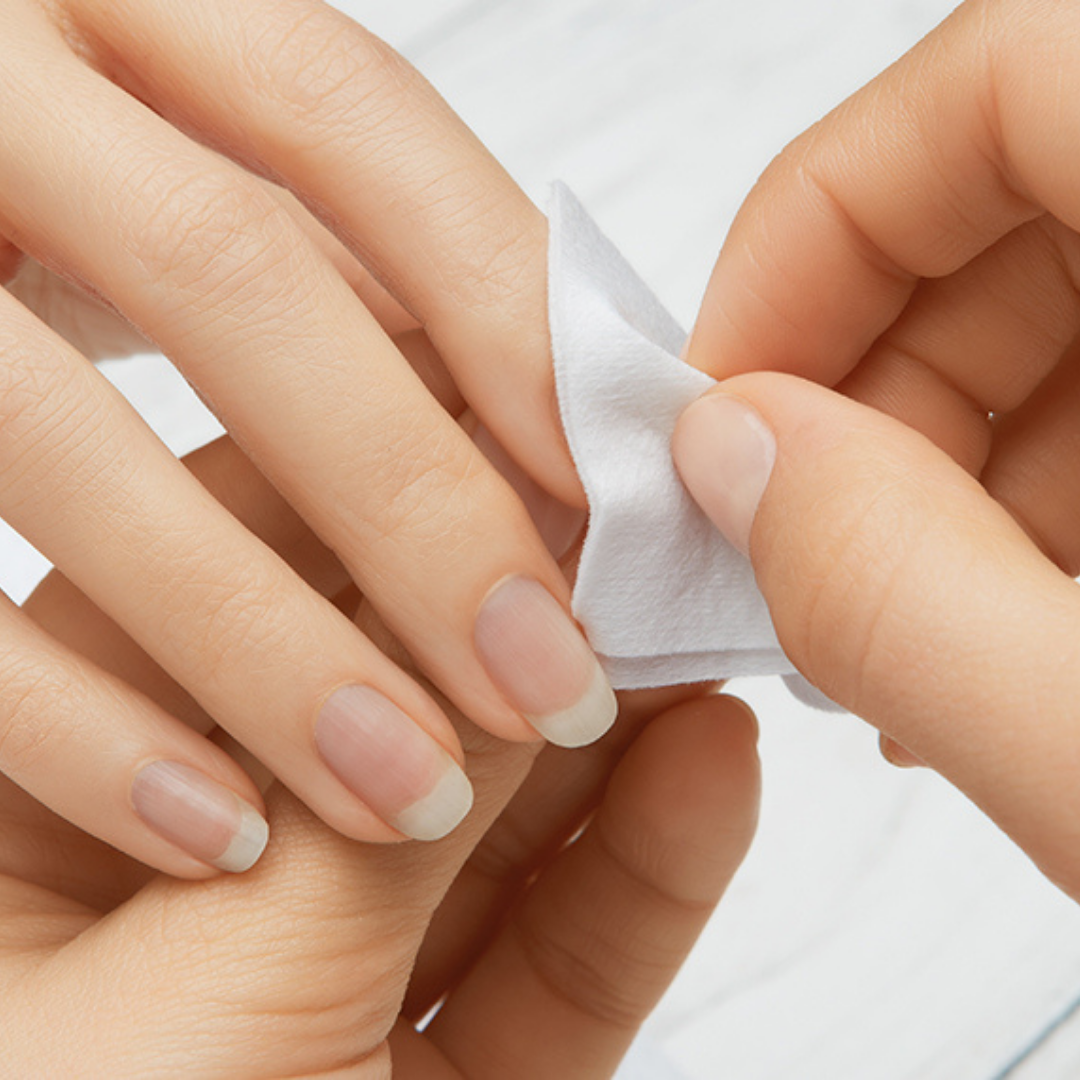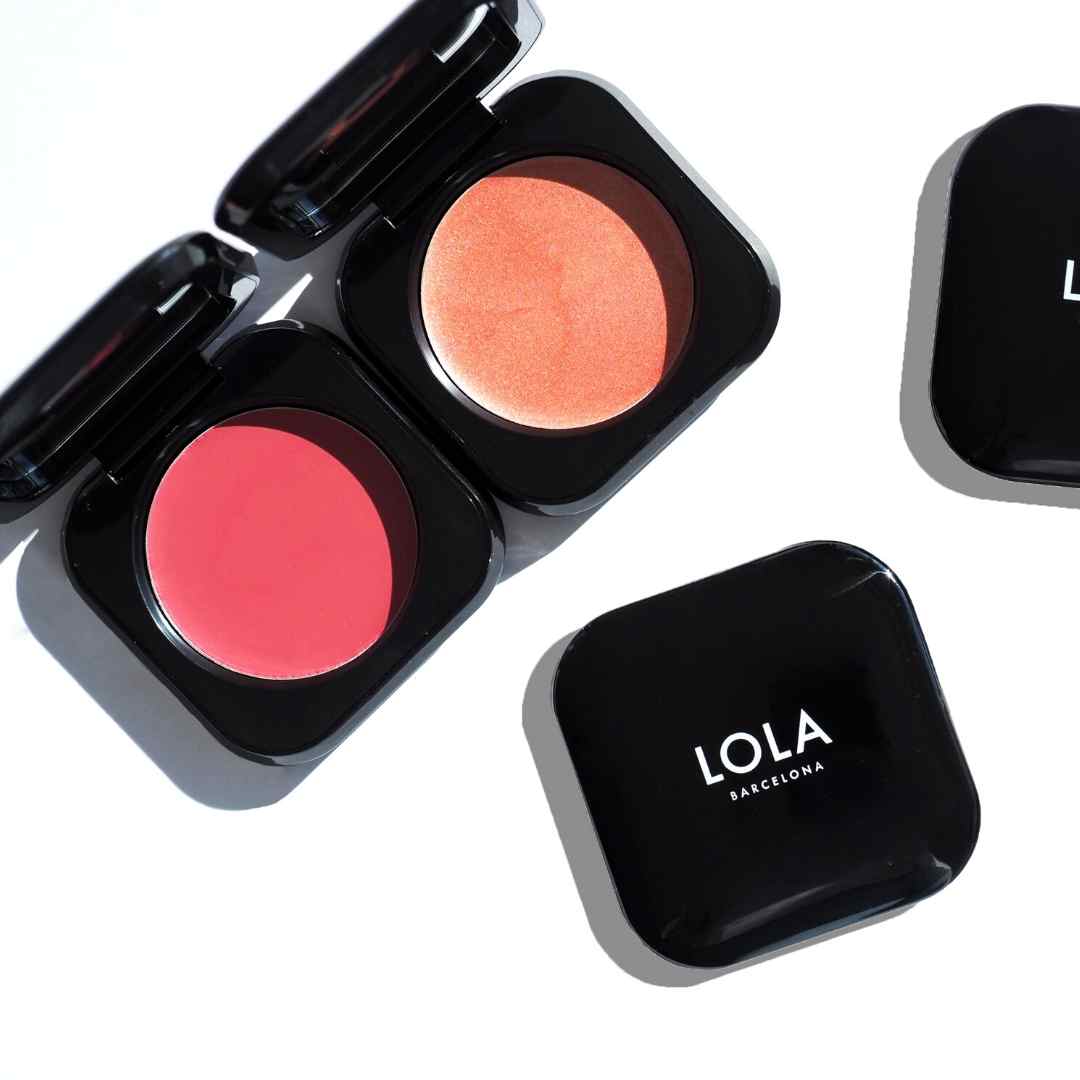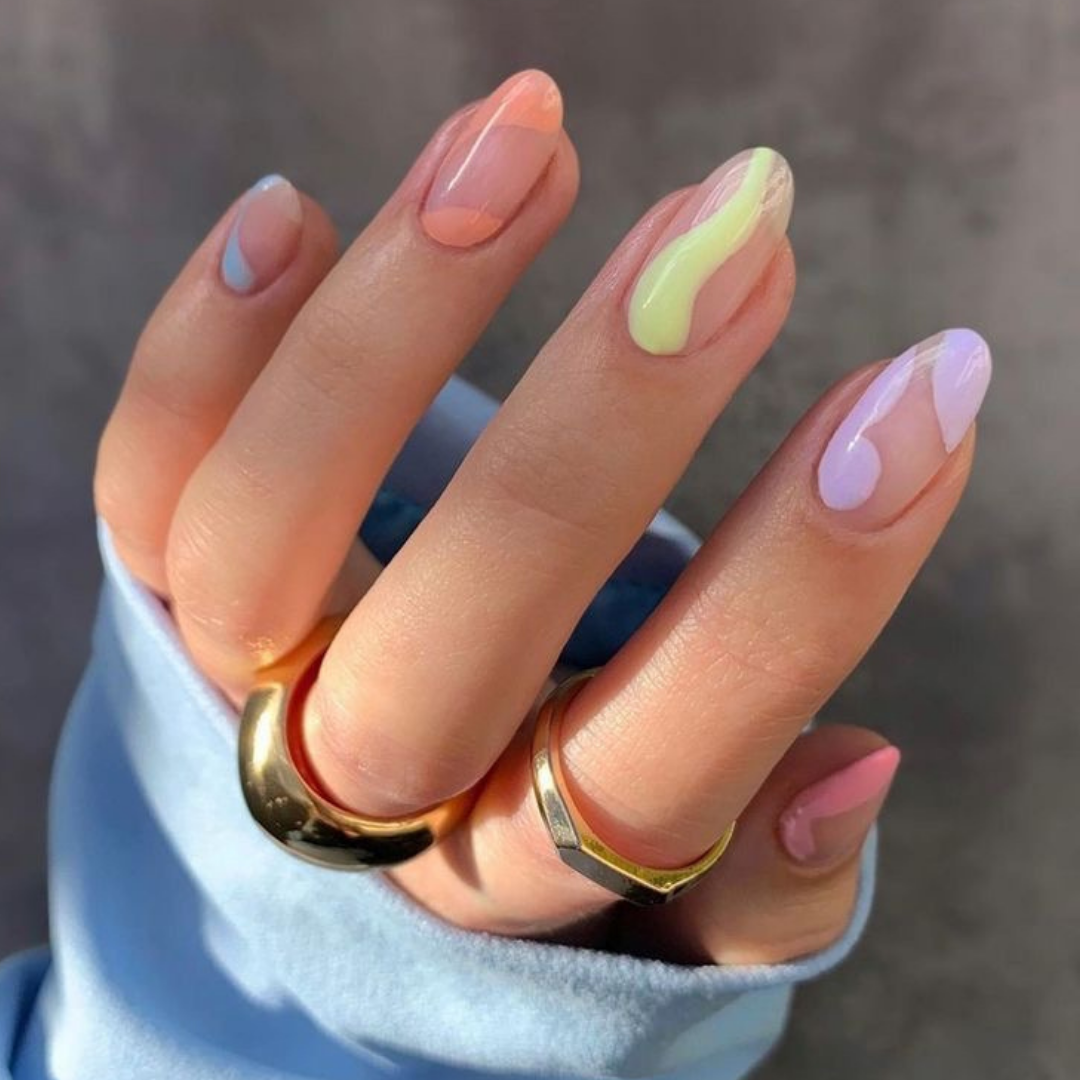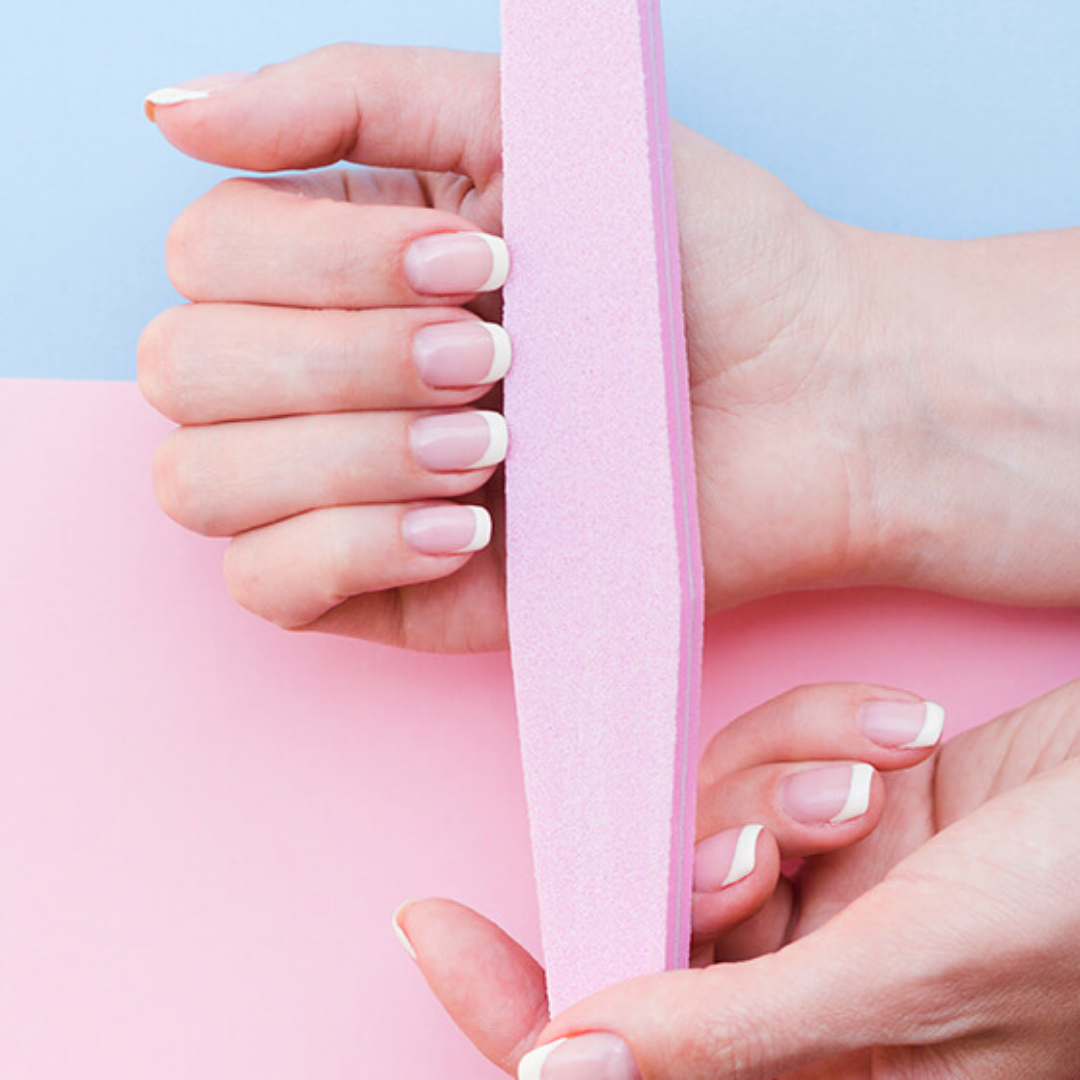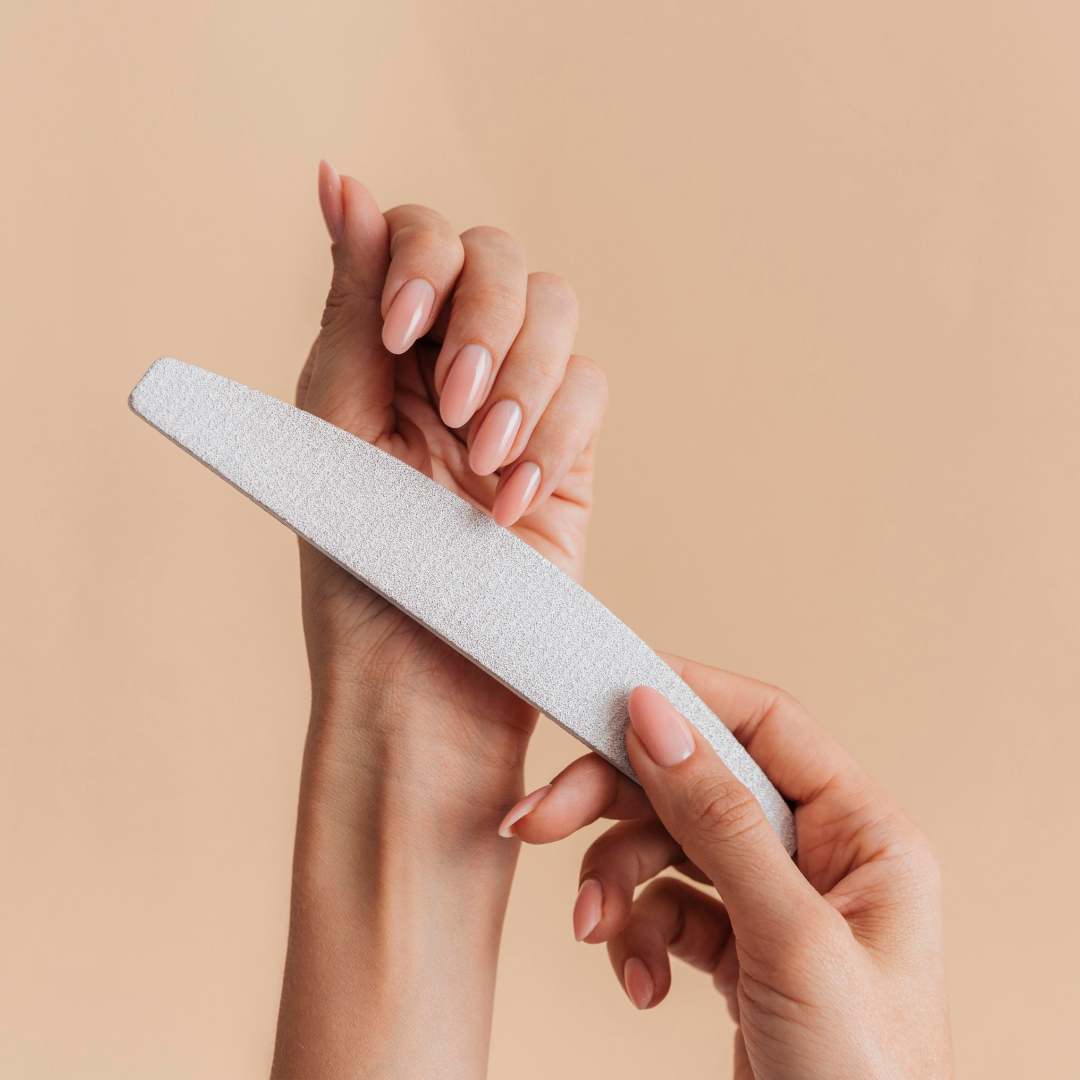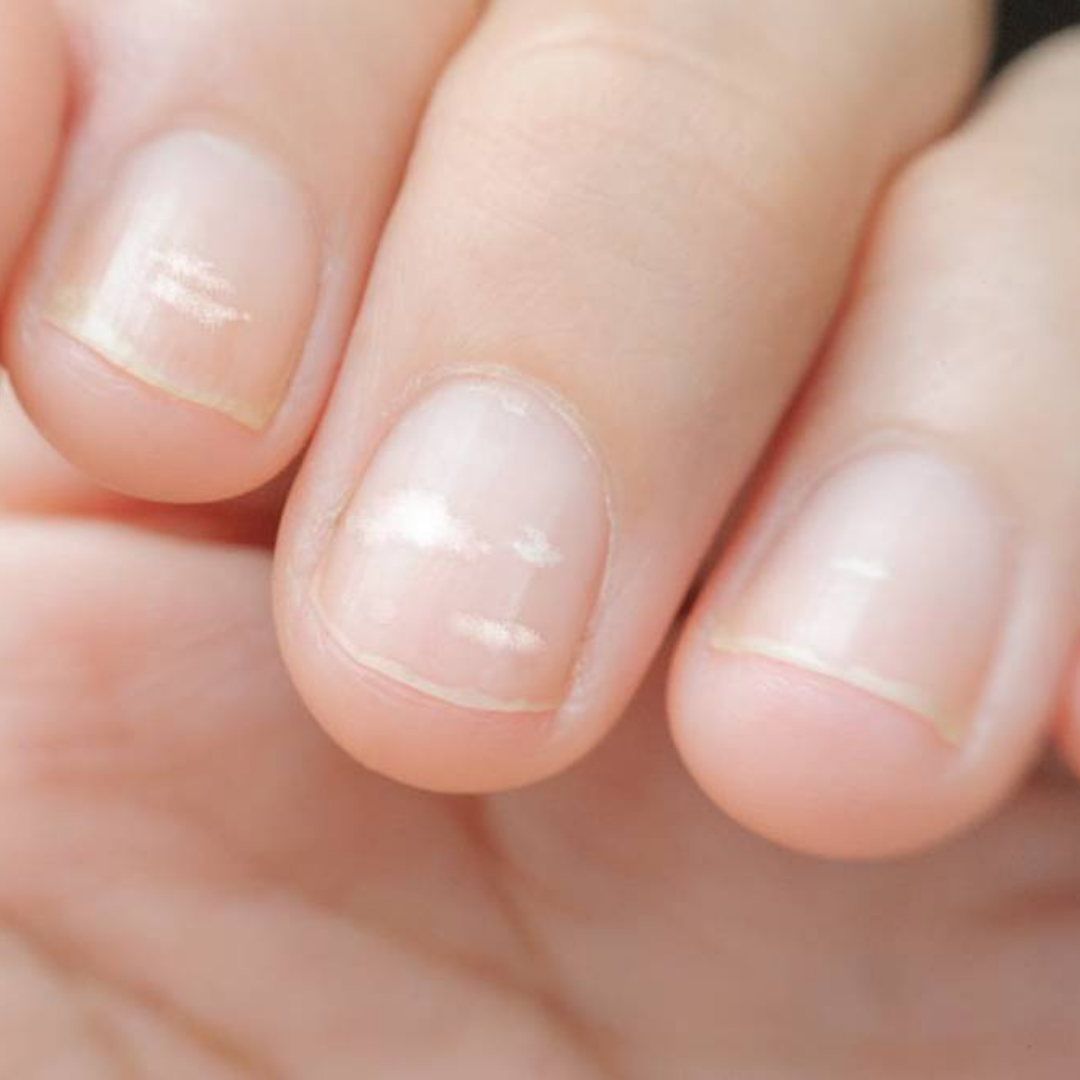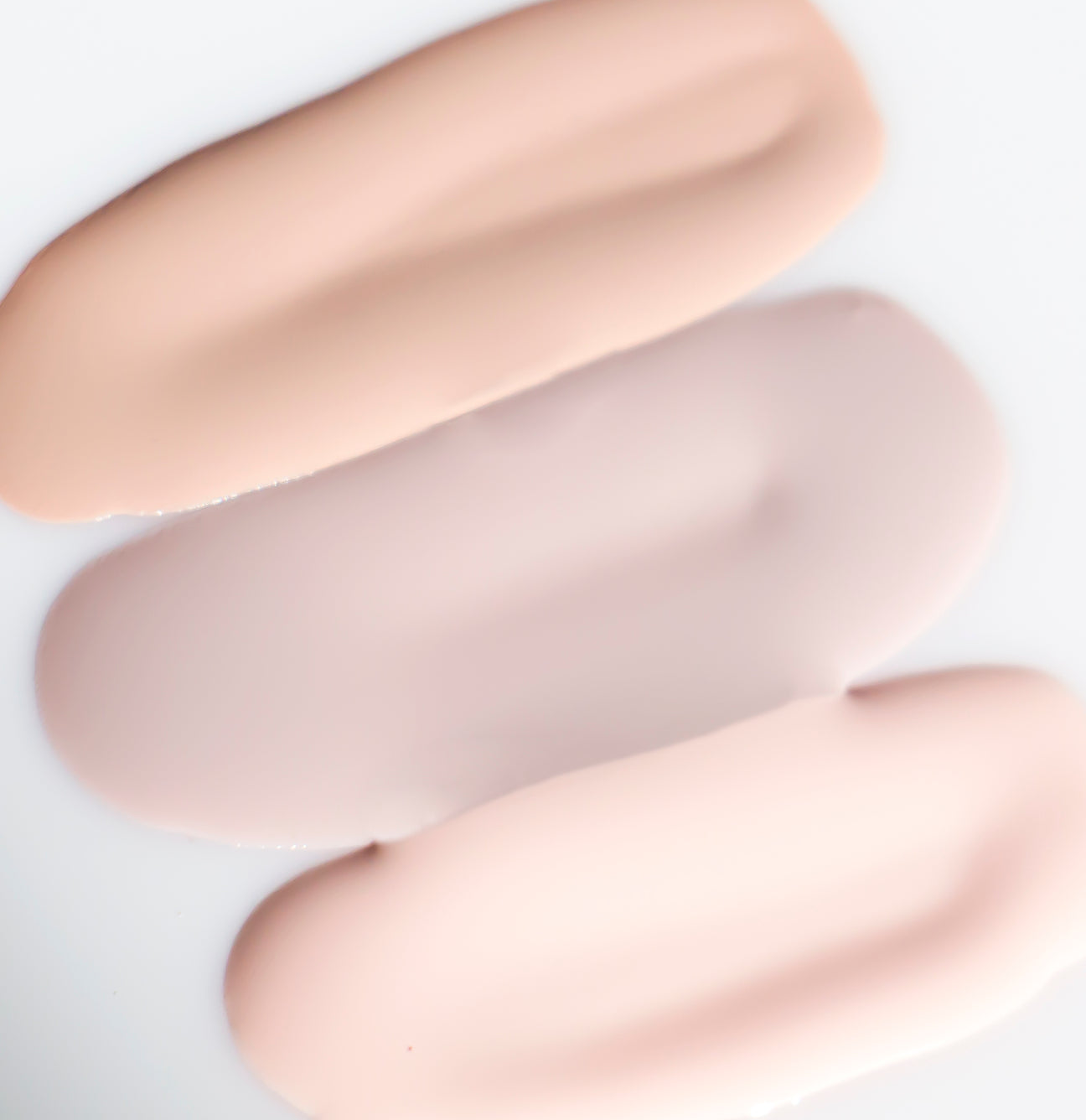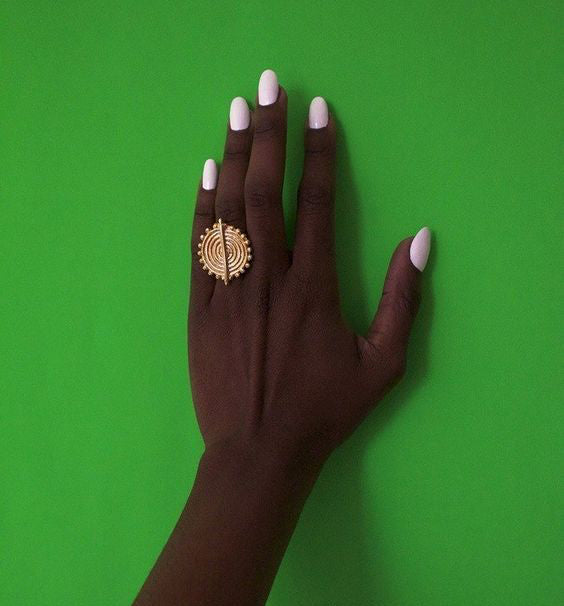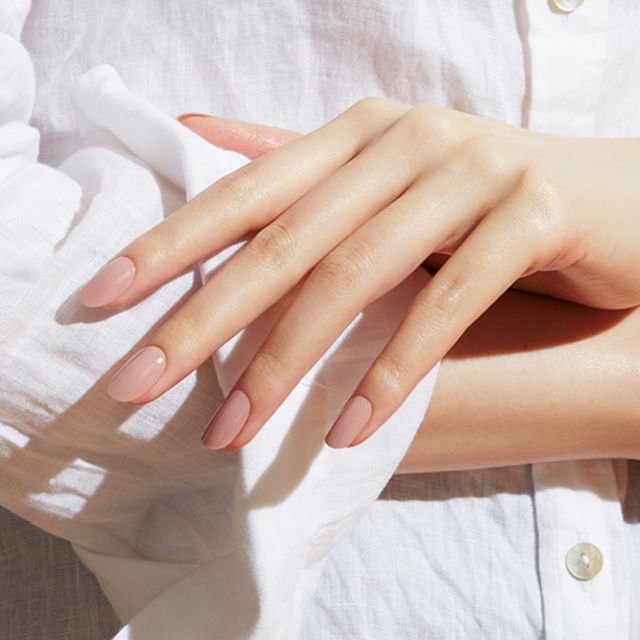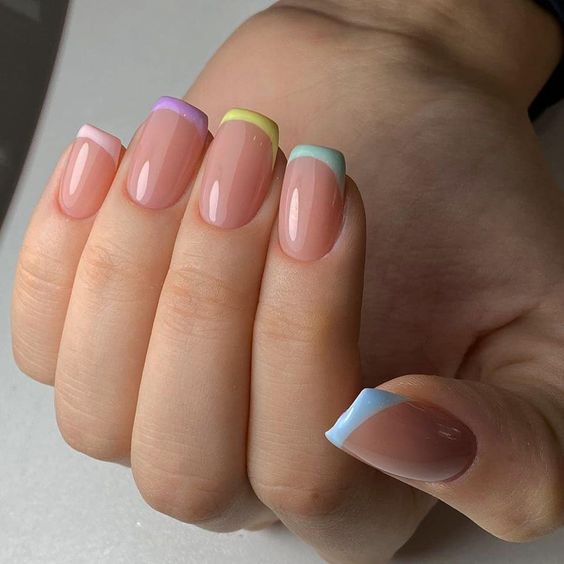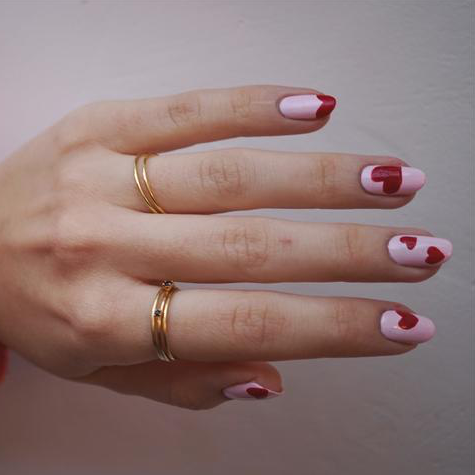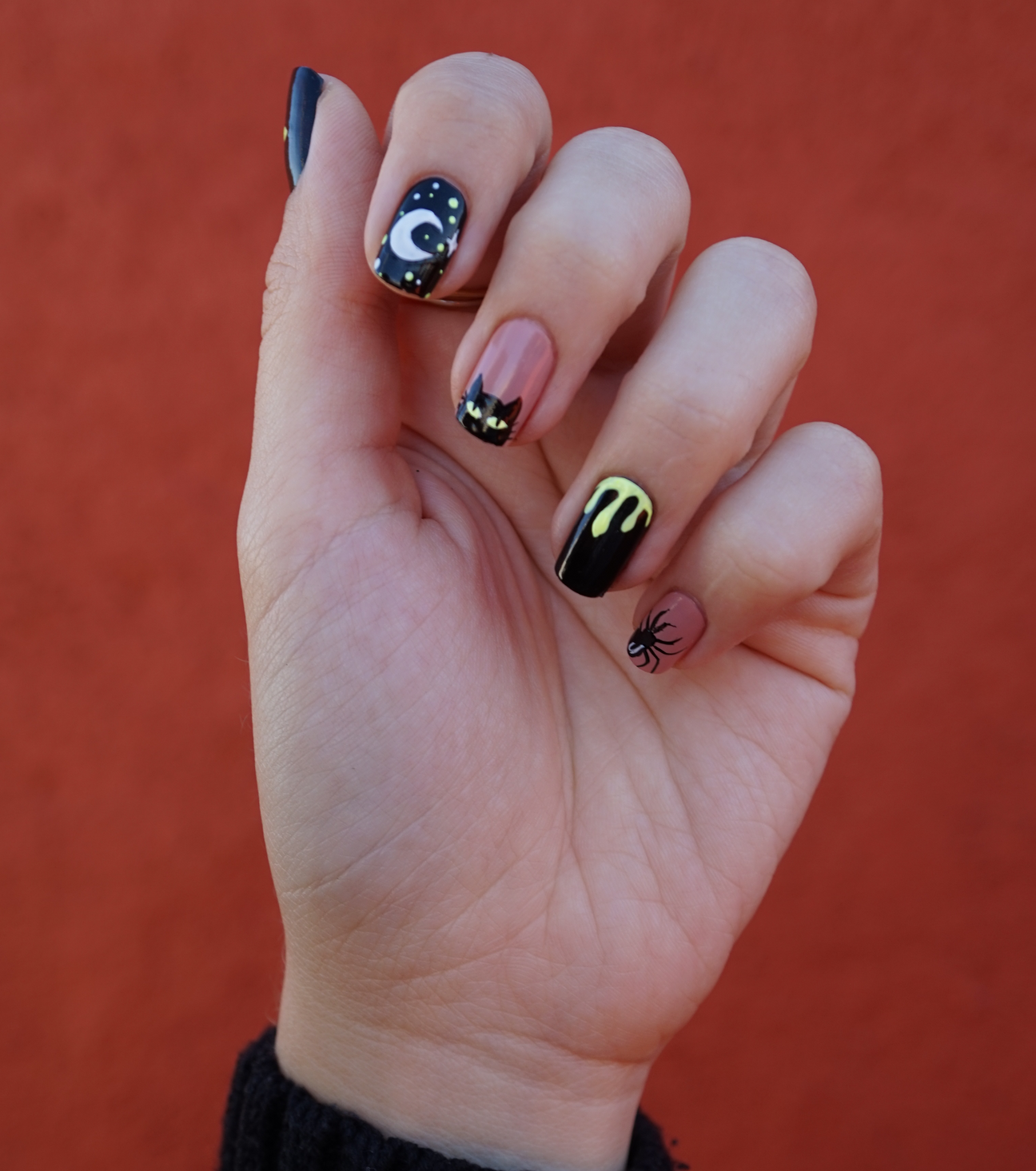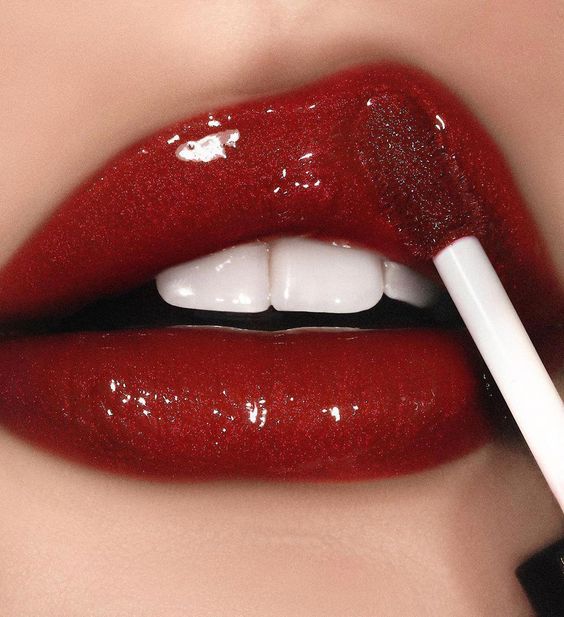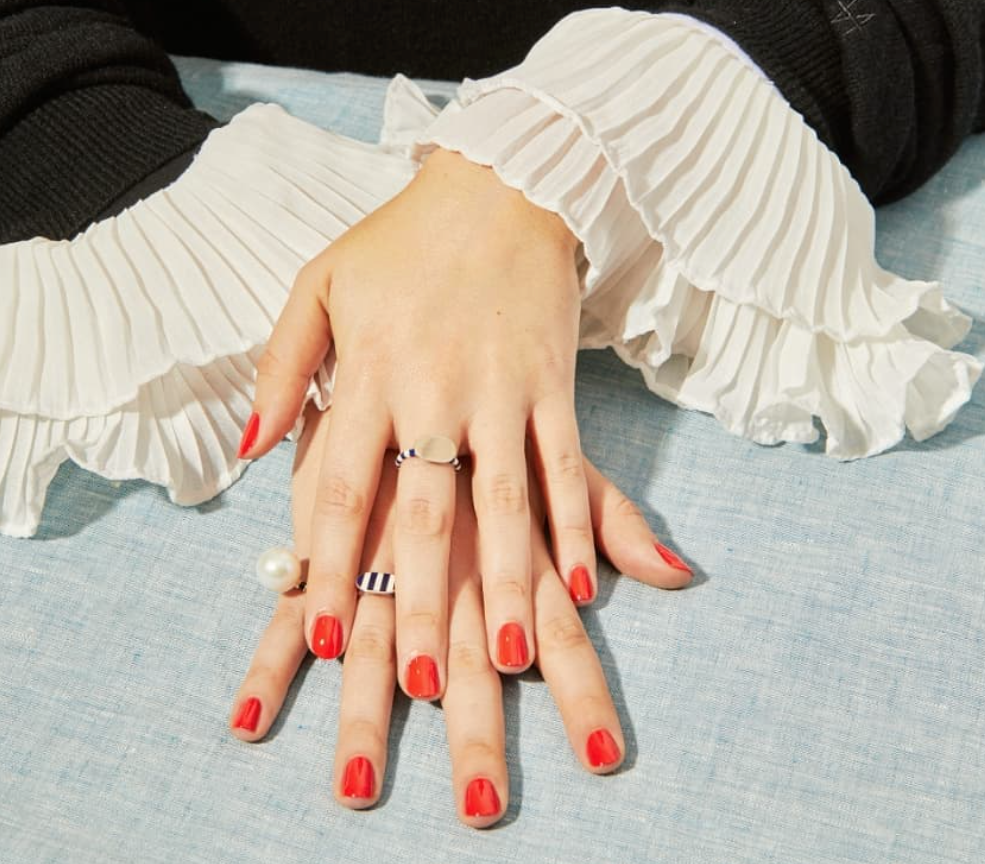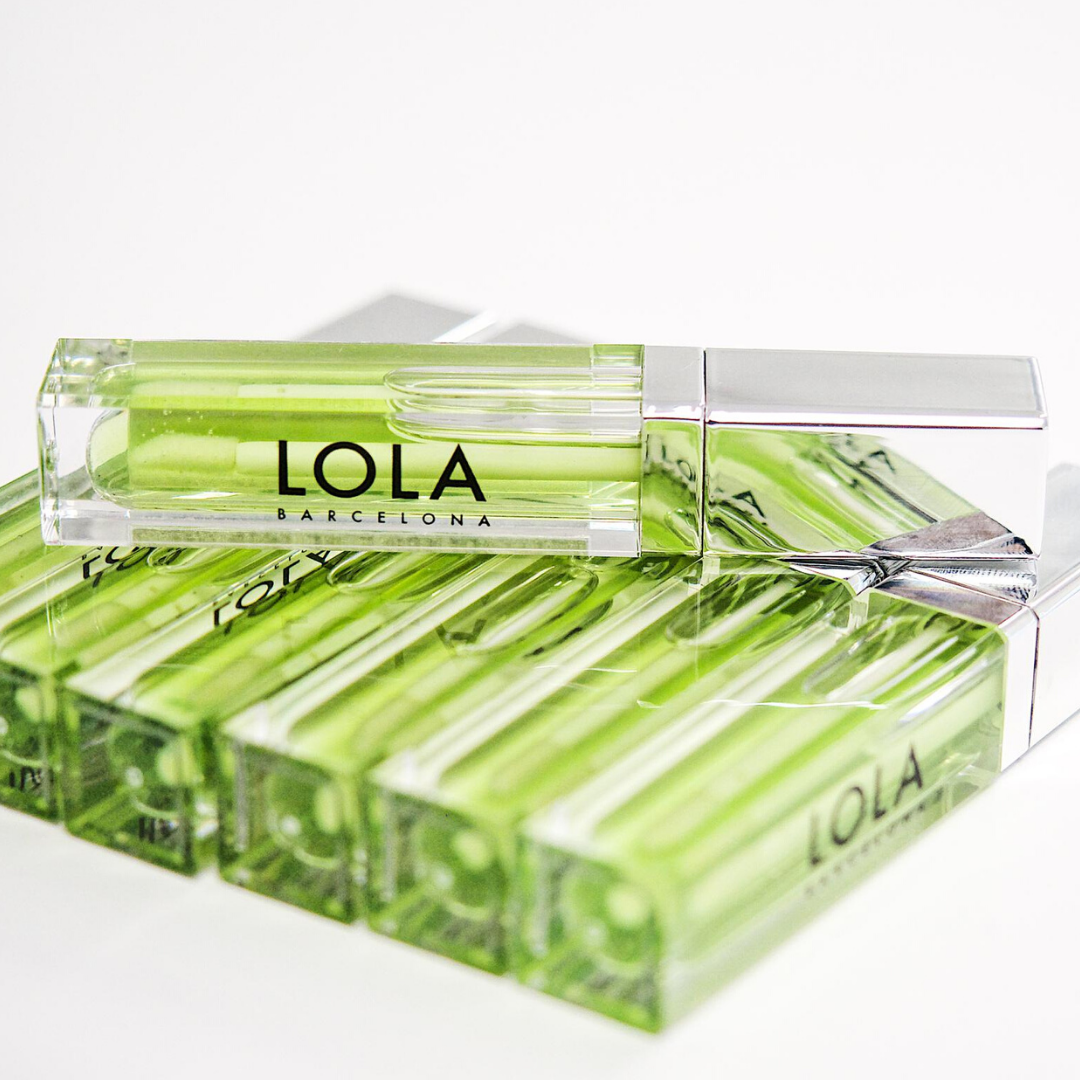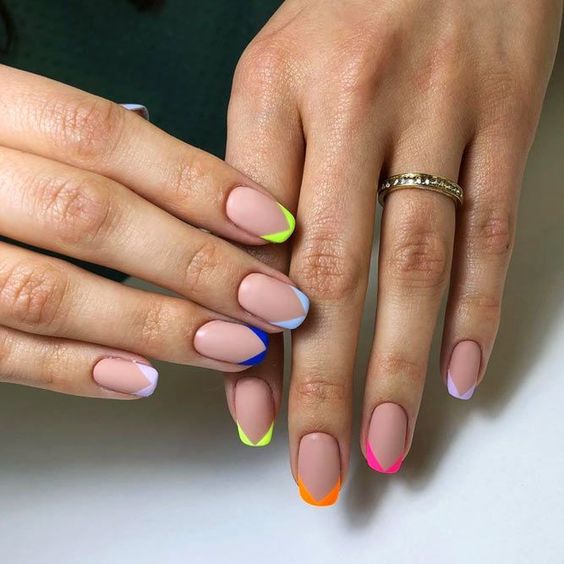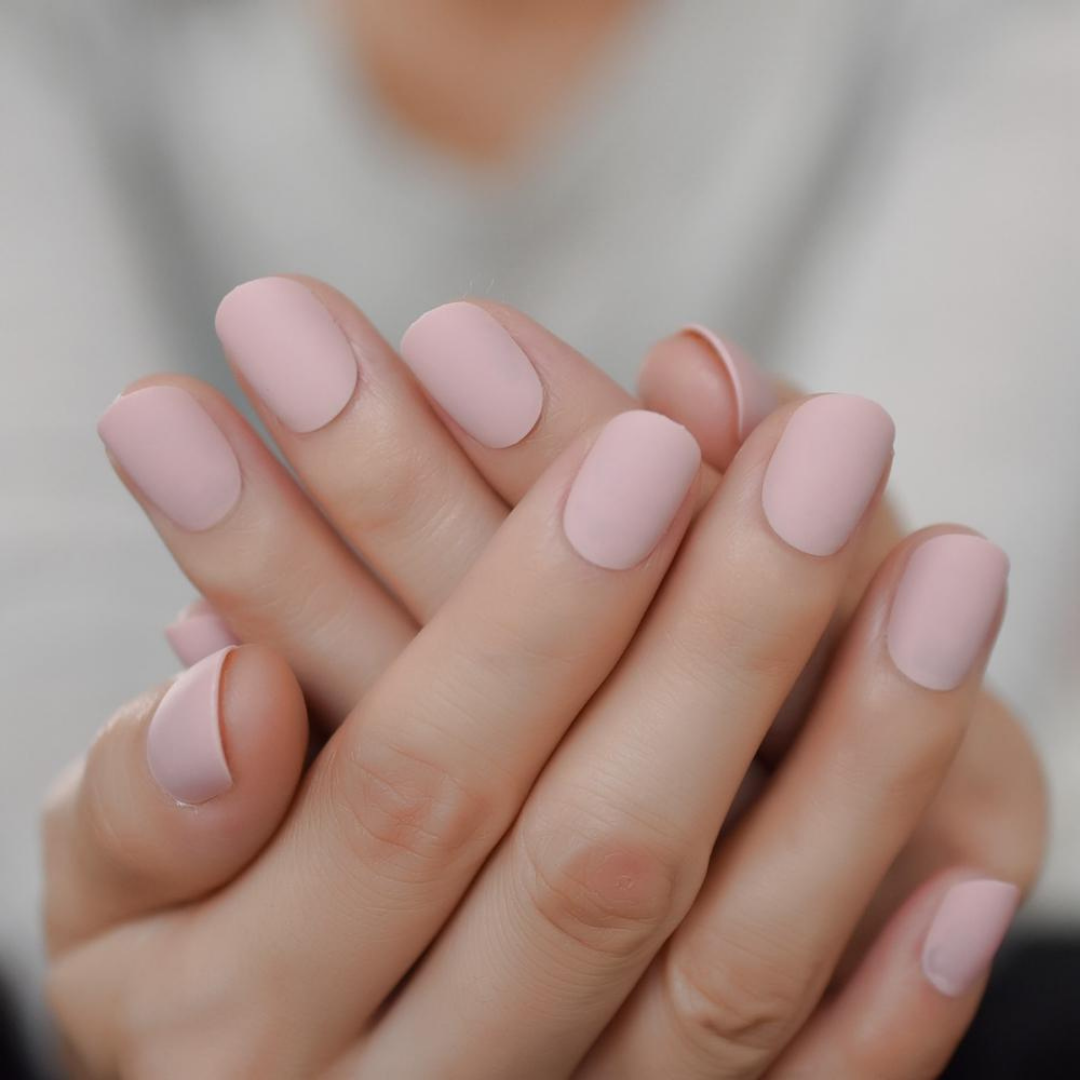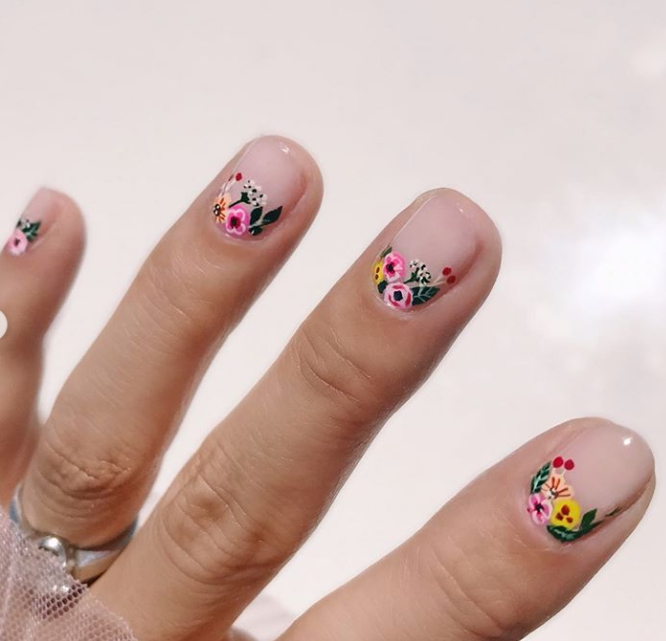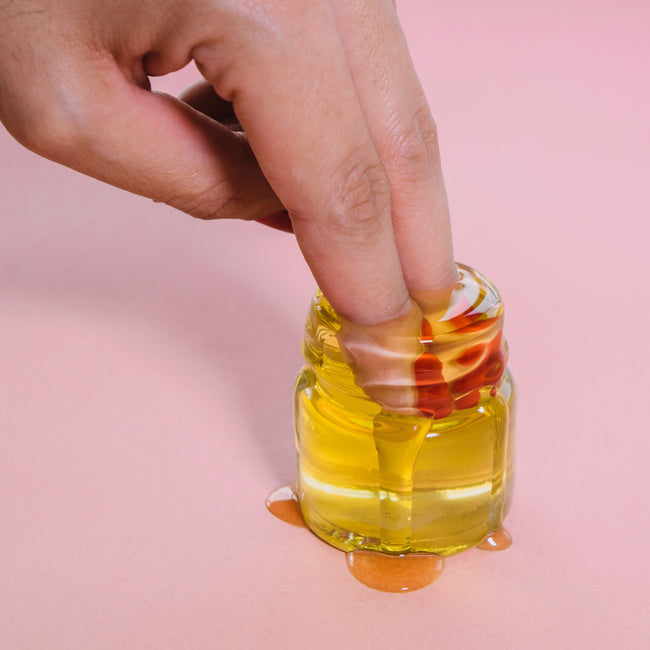To shape your nails , you need the right file. Have you ever wondered which one will be best for you? There's a huge selection of these products on the market these days, so it's no wonder it can be difficult to choose one that won't damage your natural nail plate but still shapes it gently. Don't know what the different shapes are for or what the numbers on the file mean? We'll tell you everything about shapes, materials, weight, and more.
What are the types of nail files?
- Metal : This is an old-fashioned type of file that was once used for hand care. Nowadays, it can also be found in various stores, but it's not as popular. Why? The main reason it's not as popular is that it damages the nail plate: it disrupts its delicate structure, making it more prone to splitting and cracking later on. What are the advantages? A metal file is very durable, but it would be difficult to constantly disinfect it in a beauty salon.
- Glass : These types of files are perfect for use at home to care for dental plaque. Natural nail . Why? It's smooth and precise; thanks to this, it doesn't damage the plate like a metal product can. But its delicacy makes it impossible to significantly shorten the nail, whether it's gel or acrylic. You also have to be careful not to break it: glass is very fragile and can be damaged without anyone noticing.
- Paper : This is the most popular type of nail file. It's durable—this is an extremely important feature when used at home, but in beauty salons, they're used only once. They're made of paper, so they can't be disinfected for repeated use by a beautician. A big advantage of this product is the wide selection of grits; thanks to this, we can adjust the appropriate grit to the task at hand. These files are perfect for both natural nail plates and for filing gel or acrylic, and they're also very economical.
- Nail drill : This is the most popular device used for hand care and nail manicure removal. It differs from a traditional nail file in that it's electric and has several additional functions: with the help of a drill, you can remove cuticles or prepare a nail for, for example, a semi-permanent manicure.
What is grammage? We'll tell you...
When you look at a classic paper file, you'll see numbers indicated; these are the specified grit types. You select the appropriate grit for your manicure: the finest is used to file the natural nail plate, and the coarsest is used for gel or acrylic.
What does it look like in practice? Grit is the number of grains per 1 cm2 of file surface. What does that mean? The smaller the grain, the sharper it is.
According to the grain thickness They are classified by numbers:
80, 100 and 120 These are coarser-grained files and are not recommended for natural nails. They are typically used for filing gel or acrylic nails.
150 It is a medium grain, I sometimes use them to reduce the nail if I have it very long and I want to reduce it a lot.
Coarse files 180 They have an ideal grain for natural nails and are usually the most common.
Coarse files 240 It is used to give a final finish and polish natural nails.
The limes among the 400 and 1200 They have the finest grains and are often used to polish and give shine to the nail.
Does the shape of the nail file matter?
The shape of the file doesn't matter much; it doesn't affect the condition of your nails in any way, but it can make manicure work easier or more difficult. This is mostly a matter of preference, although there is a distinction that can make it easier for you to choose the right shape:
- Simple : It is best to shape the nails as desired and shorten them.
- Banana : The file that makes working with nail plate easier. Its curved shape allows you to reach the largest corners of the nail plate.
- Boat : This is a combination of a straight file and a banana-shaped file. It's very versatile and suitable for people who do their own manicures.
- Cube : In this form, it is most often a buffing block, which is mainly used to mattify and smooth out irregularities on the natural nail plate.

How to file your nails? Always in the same direction to prevent them from leaving Weakening . File from left to right or right to left, it's your choice. Once you've chosen the direction, don't change it. File firmly but gently. At first, it's normal to feel insecure and slip out of your grasp, but little by little, you'll gain confidence and it will come out without thinking.
So which one should I choose?
This question has been answered several times, but for the sake of summary, it's worth mentioning again. The recommended materials for nail files are paper and glass. The former is perfect for nail salons, and the latter for home use. What about the grit? Medium- and fine-grit files and buffers work with the natural nail plate, while coarse-grit ones are suitable for gel, acrylic, or artificial nails. What shape is the right nail file? It depends on you and your preferences. Have we answered your questions about choosing the right nail file? Or maybe you have other questions? Feel free to leave us a comment; we'd be happy to answer them!

